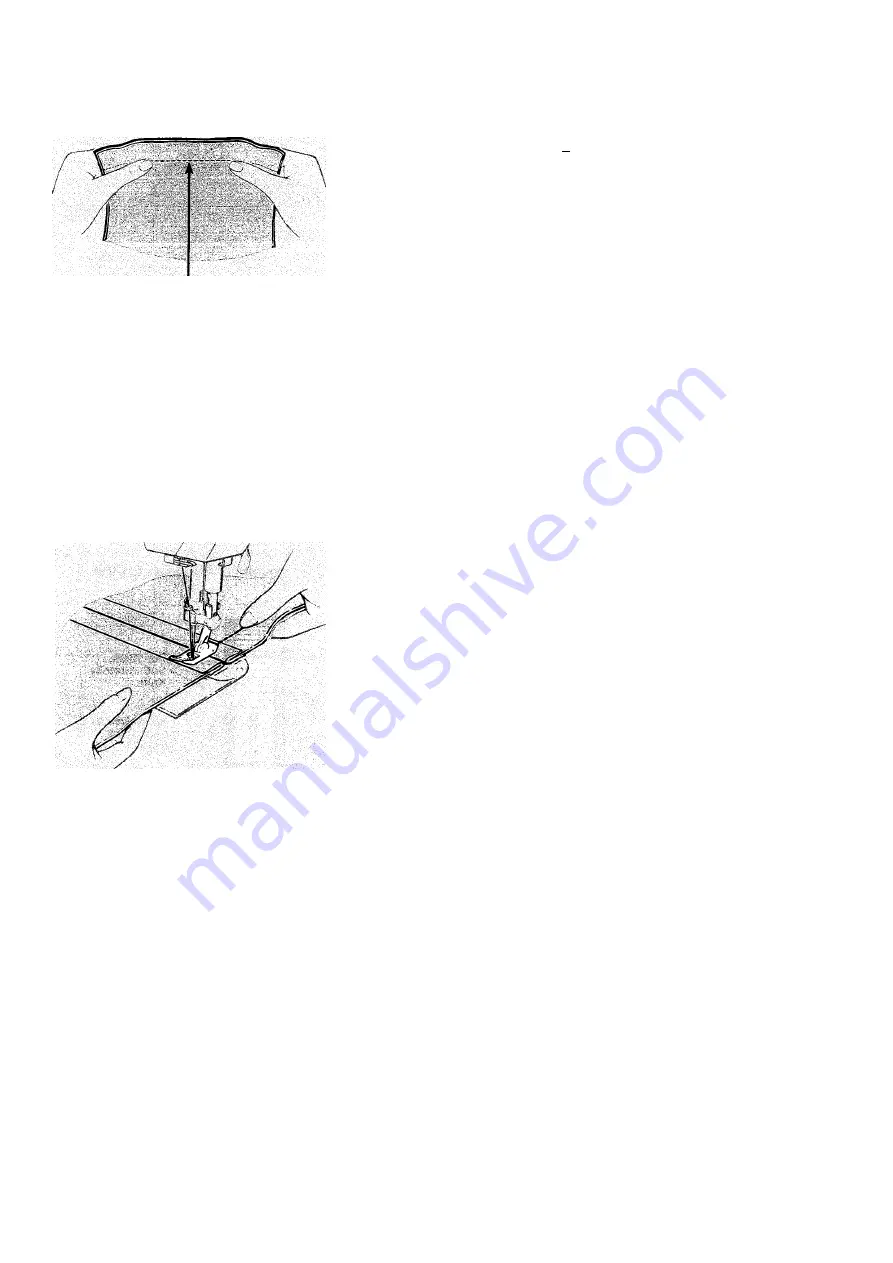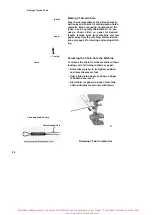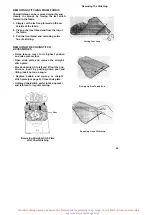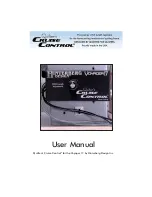
straight Stretch Stitching
Straight Stretch Stitch Seam
When you use the straight stretch stitch (pro
duced with either Feather ( J ) or
Honeycomb ( ^ ) pattern at
/\
stitch width)
to seam knit, stretch, and elasticized fabric,
s-t-r-e-t-c-h and strength are built in as the
seam is being sewn. Because it is equally
useful for closed or pressed-open seam con
struction and will not break thread under
stress, the straight stretch stitch is also good
for seams that receive an unusual amount of
strain. For example: crotch seaming, seam
insertion, and construction seams in
sportswear and swimsuits.
• Stitch: Feather ^ or Honeycomb ^
• Stitch Width;
• Needle Position:
• Stitch Length: 6 to 8 (in yellow area)
• Stitch Balance: Equalized
• Speed:
MIN
• Zig-Zag Plate
• Zig-Zag Foot
Preparation
Make a test sample to determine thread ten
sion and adjust stitch balance. (See page 23.)
Be sure to insert a ball-point
Yellow Band
needle in machine if you are stitching a knit
stretch or elastic fabric.
Procedure
1. Draw needle and bobbin threads under foot
to back of machine. Hold thread ends and
position needle in fabric with a light touch
on the speed controller.
2. Lower the presser foot and start machine,
holding the thread ends as the first few
stitches are made.
3. Guide fabric lightly as you sew, letting the
machine make the back-and-forth stitches
that give s-t-r-e-t-c-h to the seam.
4. Press seam after stitching as when using
the regular straight stitch.
Applying Tension
46
Instrukcje obsługi maszyn do szycia firm Polskich jak i zagranicznych np. Singer Toyota Pfaff Gritzner Łucznik Arka
















































